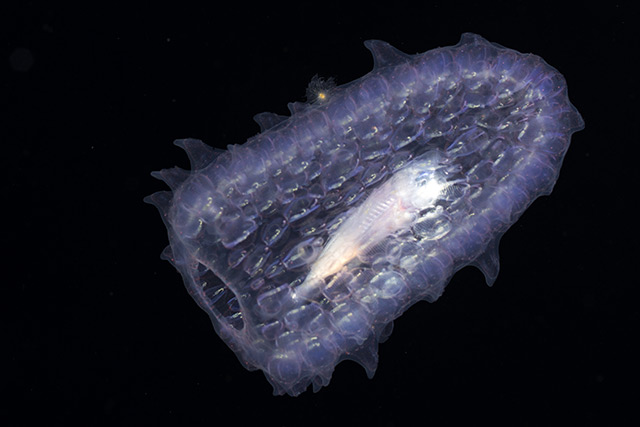MXene is a relatively new miracle material that has captured the curiosity of scientists from all over the world. Broadly speaking, it’s so new that you probably haven’t even heard of it yet. But it’s likely to become the basis for many different kinds of innovations in the near future in relation to gadgets and other types of consumer electronic devices.
MXene, in case you didn’t know, is a family of two-dimensional solid materials that were first discovered some time in 2011. They are said to possess high electrical conductivity as well as the ability to uptake electrons whenever they come into contact with polymers and other materials. Because of these properties, MXenes are useful when building triboelectric nanogenerators (TENG), devices that can turn muscle movement into electric power.
Now a group of researchers writing in the most recent issue of the journal Nano Energy has revealed just how transformational MXenes can truly be. Dr. Vadym Mochalin, an associate professor of chemistry at Missouri University of Science and Technology, describes some of the potential uses of MXenes in harvesting energy from mechanical movements for later use.
According to Mochalin, the field of materials wherein MXenes belong is actually buzzing with all sorts of possibilities at the moment. “Exploring new chemistries and fundamental physical properties of MXenes for applications in energy storage, biology and medicine, electronics, composites, sensors and water purification is a hot area in the two-dimensional materials field,” he said.
One potential way wherein MXene could be of great use is in the normal usage of mobile phone or smartphones. Imagine that each time you tapped a button on your smartphone, your action would result in the creation of electric power that could then be stored and used by the phone itself, instead of getting its charge from the phone’s battery. The researchers posit that this could be a very real possibility at some point in the future thanks to the use of MXenes.
This scenario, among others, features prominently in the paper titled, “Metallic MXenes: A New Family of Materials for Flexible Triboelectric Nanogenerators,’ which was written by research groups from Drexel and Clemson Universities.
Meanwhile, a separate research paper tackles a different subject: “Saturable Absorption in 2D Ti3C2 MXene Thin Films for Passive Photonic Diodes.” This particular paper covers the way that the non-linear optical properties of MXene-fullerene layered structures allow light rectification, which is a process similar to electrical current rectification — something that has been used in electronics for decades. Compared with other two-dimensional materials like graphene, MXene is far superior in terms of mechanical stability, light radiation damage resistance, and conductivity, according to the researchers.
It’s going to be up to inventors and researchers to come up with ways to fully utilize MXene in its current form, and whatever mixed materials it ends up being part of. What’s clear is that there is a lot of interest in its future uses, especially in the field of electronics.
As Mochalin himself states, “MXenes are relatively young but already have captured a great deal of attention from scientists. As we explore new synthetic routes to MXenes and study their fundamental physical and chemical properties, as well as their vibrational properties using Raman spectroscopy and neutron scattering, we become more and more excited about the future of MXenes.”
Expectations are certainly high for MXenes. One can only hope that major innovations that help mankind go further in life and in the universe become possible because of it very soon.
Find out more exciting developments in the field of materials science by visiting Chemistry.news.
Sources include:
Newswise.com
ScienceDirect.com




















